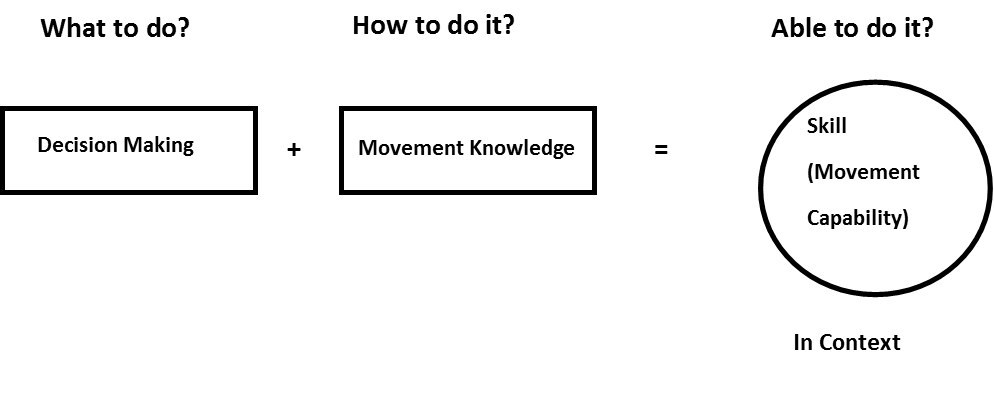By Dr Shane Pill
Associate Professor at Flinders University
https://www.flinders.edu.au/people/shane.pill
LinkedIn: https://www.linkedin.com/in/shane-pill-phd-med-bed-lmachper-fachper-53a3b528
ResearchGate: https://www.researchgate.net/profile/Shane_Pill
The Game Sense approach was developed in Australia from 1994-1996 by the Australian Sports Commission together with Rod Thorpe, for Australian sport. It forms the pedagogical basis of the Sport Australia (formerly Australian Sports Commission) Playing for Life philosophy and Sporting Schools program. The focus of the Game Sense approach is developing ‘thinking players’. The pedagogical toolkit for this perspective includes:
- Guided inquiry through player problem solving and teacher use of well-considered and targeted questioning
- Game simplification to represent the tactical logic of the game at the developmental readiness of the learner
- Modification of game and player conditions (such as rules, boundaries of play, playing implements, etc,) to focus, shape, guide and direct learning using exaggeration, elimination or reduction of aspects of the playing conditions
- Thematic classification of games into Net/Court, Target, Invasion and Striking/Fielding games based on similarity in principles of play.
C - Coaching style
H- How the game is scored
A - Area of the playing field
N- Number of players
G- Game rules
E- Equipment
I - Inclusion
T - Time to perform actions
Involving students or athletes in game play is the ‘start of the story’. However, the play must be purposeful. Teachers and coaches therefore have a responsibility to be clear about the target concepts and capabilities that game-play is designed to develop – to structure play with purpose. Game Sense teaching and coaching literature emphasises the main difference between it and the common directive sport practice is the deliberate manipulation of games for a purpose using the pedagogy of game modification. For example, the pedagogical principle of exaggeration can be applied to make a target such as goal bigger to make scoring easier; Goals can be made smaller so that the demands of attacking challenge is elevated. The pedagogical principle of reduction is (for example) observed with the modification of junior sport equipment and grounds/courts to scale them for the physiological development of junior players. The pedagogical principle of elimination can look like eliminating players from team numbers to form small sided sport versions.

Diagram 1. The complex flow of learning in a Game Sense coaching session which makes the game or a game form the focus of the practice session
- Players or a player withdrawn from the play for a reflective ‘time out’ conversation, then return to the play with a tactical or technical development focus
- Players or a player withdrawn from the play for a reflective ‘time out’ conversation move to a practice task to isolate practice of a specific performance aspect of the game. After a practice period, player/s return to the game to see if the practice has led to a performance improvement.
- Players or a player progress to a more challenging game form (Game 2) that advances the focus introduced in Game 1
- Know the desired game behaviour
- Sequence the game progression from simple representation to more complex representation
- Use primes such as questions to focus players thinking and action
- Reinforce learning through volume of engagement - in other words, repetition of exposure to the desired game behaviour



